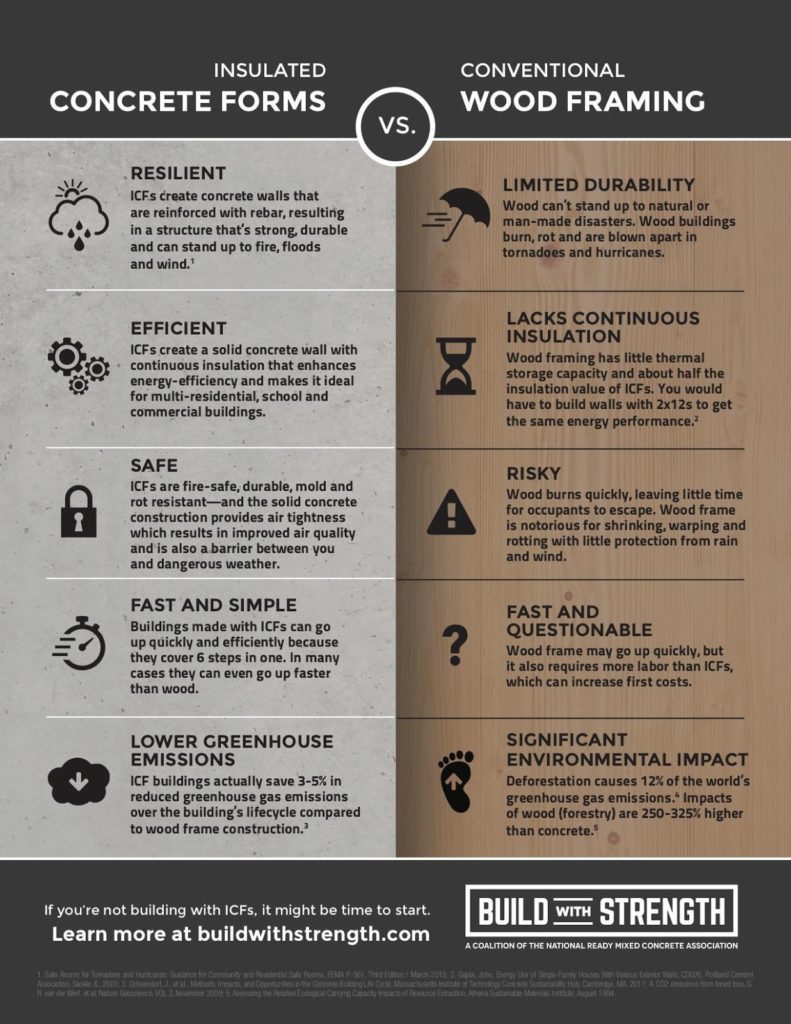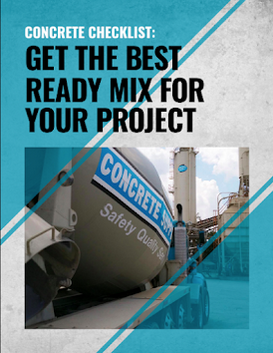A Residential Home Builder’s Role In Preventing Fire and Fire Damage
A Residential Home Builder’s Role In Preventing Fire and Fire Damage
A house can easily catch fire. A week of hot, dry weather, a mishap in the kitchen, a curious child–it really doesn’t take much.
When it comes to preventing a fire from occurring or limiting the damage a fire can do to a home, there are measures that can be taken well before the homeowner even moves in.
Therefore, as a residential home planner, designer, architect, or builder, you play an important role in preventing home fires and fire damage. Constructing a home with the right materials, landscaping, and other firewise features can give the home a far better chance at withstanding a fire.
Measures A Residential Home Builder Can Take To Prevent Fire Damage
A Detached Garage Can Make All The Difference
Many fires in residential areas begin as vehicle fires. When a vehicle fire occurs in an outbuilding like a garage or storage shed where flammable materials like paint thinners and gasoline are often stored, it’s a recipe for disaster.
By keeping garages detached and storage sheds well separated (30 feet is the preferred minimum) from the main house, fires and the loss suffered from a fire can be prevented.
Fire Protection From The Top Down
Illegal fireworks, lightning strikes, chimney fires, sparks or other debris from a neighboring fire, arson–unfortunately, the opportunities for a fire to start on the roof of a home are endless and not that far fetched.
Organizations that test fire-resistant building materials have classified roofing materials as follows:
- Class A materials are the most resistant (typically shingles containing fiberglass) and can withstand severe outside fire exposure.
- Class B materials are less resistant and can withstand moderate outside fire exposure.
- Class C materials (typically organic, like wood) are the least resistant and can withstand only mild outside fire exposure.
By installing materials that offer a high degree of fire resistance, you can help prevent fires from igniting on the roof and burning through an entire home. Some of the best materials for roofing:
- Asphalt shingles
- Recycled rubber tiles
- Clay or concrete tiles
- Slate
- Metal (copper, steel, zinc, stainless steel)
A few other things you can recommend homeowners do to keep their roof safe from fire include:
- Keeping tree branches trimmed away from the roof.
- Maintaining clean gutters (clear of debris that can fuel a fire).
- Properly cleaning and operating the chimney and/or fireplace.
Screen possible entry points
To keep flaming materials from getting into critical areas of a home like attics, crawlspaces, and ductwork, all ventwork and vent openings should be constructed of metal products and have corrosive-resistant metal mesh screens.
Plan outdoor living spaces with care
Wood decks often provide fuel for fires and can be the reason an entire home burns. If you do use wood, it should be treated against fire. Better yet, consider building outdoor living areas with more fire-resistant building materials like stone or decorative concrete.
Today’s homeowners tend to value a home that is not only visually appealing but is structurally safe too. Concrete can add a fresh and unique look while also bringing durability and strength to an outdoor residential area.
Armor exterior and interior walls
When it comes to the exterior of a home, non-flammable materials such as fiber-cement siding, cultured stone, brick, or stucco are best. Avoid untreated wood and know that vinyl siding may be ok as long as a fire cannot find a route to burn too close to the house. All gaps and crevices beneath the vinyl must be sealed (or fire will find its way into the structure).
ICF (Insulated Concrete Forms)
ICF or insulated concrete form walls are becoming a popular option for multi-family residential builders. Not only do they make the building process quicker and easier, but they also create a structure that is durable, efficient, and safe.
See the side by side below that compares insulated concrete forms to conventional wood framing created by Build With Strength, a coalition of the National Ready Mixed Concrete Association.
The system is made up of polystyrene blocks that fit together like legos to form a house’s shell. Filled with concrete–one of the most fire-and heat-resistant construction materials–ICFs create solid, insulated walls that can block anything out.
ICF walls have been known to withstand fire for up to four hours. While they can cost anywhere from 1-4% more than what you would pay for a wood frame house with no built-in fire protection, the many long-term benefits to ICFs are worth it in many homeowners’ eyes.
How You Can Actually Profit From Hazard Mitigation
As a company involved in the building industry, we understand that making a profit is your top priority. But do you place the safety and overall longevity of the structures you build high on your priority list too?
While the initial cost of investing in high quality, durable materials and resilient building techniques (hazard mitigation) may seem high, it can actually save more money in the long run. Researchers at MIT created the break-even percentage model to help those involved in the building process calculate the right amount to invest in hazard mitigation. Watch the video below to see what they found.
Using concrete as a building material on top of flame-resistant roofing, siding and the other fire preventative or safety measures listed will make for one safe residential building. There is no question about it–concrete is a resilient building material. While concrete has fire-resistant benefits, it can also help a building stand up against a number of other damaging conditions.
Need a concrete ready-mix for your next project? Download our Concrete Checklist: Get The Best Ready-Mix For Your Project. Your download will provide you with expert advice to make the ordering process easier, a guide to determining the PSI required of your mix, and an explanation of the other features you mix might need to include.




